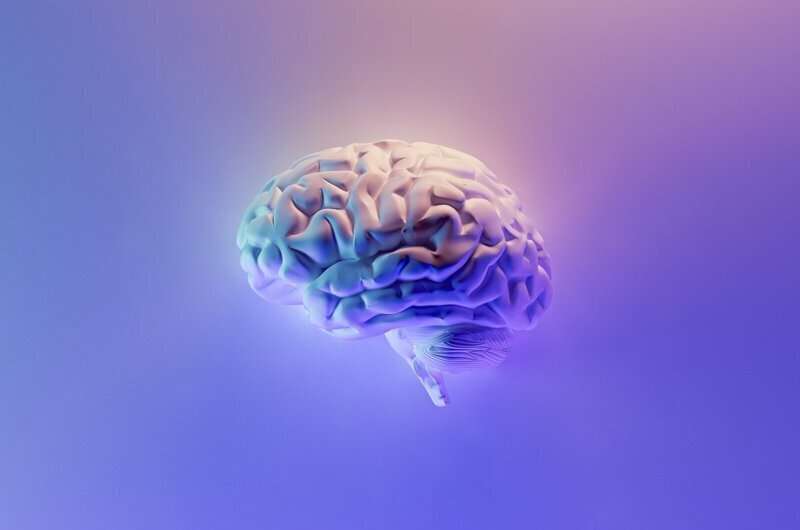
A new study from Karolinska Institutet and the Karolinska University Hospital indicates that only a rather small proportion of individuals attending a specialized memory clinic have an Alzheimer’s disease-type biomarker profile and could be considered eligible for novel disease-modifying treatments targeting amyloid.
The study, published online on September 21, 2022, in Neurology, was conducted as part of the strategic research collaboration between Karolinska Institutet and Janssen Pharmaceutica NV, part of the Janssen Pharmaceutical Companies of Johnson & Johnson.
Biomarkers reflecting the typical brain pathology in Alzheimer’s disease (AD) can support diagnosis and guide therapeutic decision-making in clinical practice once disease-modifying treatments become available. Characterizations of real-life heterogeneous memory clinic cohorts outside research settings are however scarce, and it is not well understood which proportion of patients actually display an AD-type biomarker profile and might be considered for the new treatments.
Large patient base at the Memory clinic in Solna
In this study, the research team led by prof. Miia Kivipelto, MD Ph.D., investigated biomarker profiles in a large and well-characterized sample of patients at the Karolinska University Hospital Medical Unit Aging Memory clinic in Solna, Sweden. This specialized clinic, which opened in April 2018, examines individuals with cognitive complaints referred primarily by general practitioners and occupational health care in the catchment area, and additionally individuals under the age of 70 in the entire Stockholm region.
Following a fast-track model, all diagnostic examinations are performed within one week. Most patients undergo lumbar puncture to collect cerebrospinal fluid, brain imaging (MRI), and neuropsychological testing routinely as part of their diagnostic workflow, and all patients are also invited to provide consent for including their data and samples in the hospital’s database and biobank for clinical research (GEDOC).
The Solna memory clinic is an example of a clinic with all the highly specialized resources required for both diagnostic assessment and implementation of novel disease-modifying AD treatments when they eventually become available. In this real-life setting, researchers wanted to apply the so called ATN biomarker classification to understand what proportion of the patients have abnormal biomarkers of amyloid (A), tau (T), and neuronal injury (N) which are the typical findings in AD.
Furthermore, by using these biomarker findings and other clinical data, they aimed to assess what proportion of the patients could potentially be considered eligible for a disease-modifying drug targeting amyloid. This class of drugs was the first to enter clinical practice, and the estimation of eligibility was based on the published U.S. guidelines. The study included all Solna clinic patients who had their first diagnostic visit until February 2021 and in addition available data and consent for the research database (N=410; 52% with a diagnosis of subjective cognitive impairment, 23% with mild cognitive impairment, 25% with dementia; mean age 59 years).
Most had normal biomarkers
Researchers found that most of the patients actually had a normal biomarker profile, i.e., none of the studied biomarkers were considered abnormal. This was the case even when researchers explored not only the biomarker reference values which are used in everyday clinical practice, but also more lenient data-driven cut-off values (developed in this study). Depending on the cut-offs, abnormal amyloid was found in up to 30% of the patients (17% when regular laboratory cut-offs were applied), which is less than previously reported.
Following the anti-amyloid treatment guidelines (which consider biomarkers but also health and cognitive status), only up to 13% of all patients appeared to be potentially eligible for this type of a treatment. Specifically, among patients at the mild cognitive impairment or dementia stage, approximately a quarter were deemed potentially eligible, respectively. As researchers did not to assess all the detailed treatment eligibility criteria, the true number of eligible patients might be even lower.
Source: Read Full Article